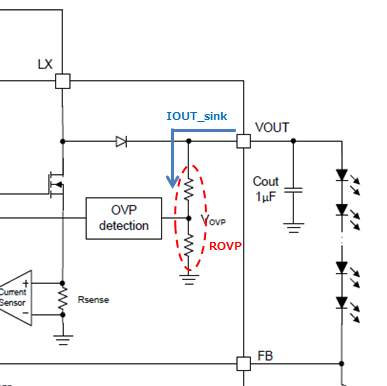Hello.
My customer is currently in using TPS61158, now.
I have gotten a question about this product .
So, please teach me about TPS61158.
<Question>
I want to know the sink current of VOUT pin (IOUT_sink) when "CTRL = Low".
What Ω is feedback resistance value of the OVP (ROVP).
Could you help us?
Best Regards,
Masumi Sekiguchi


